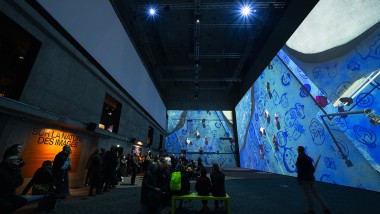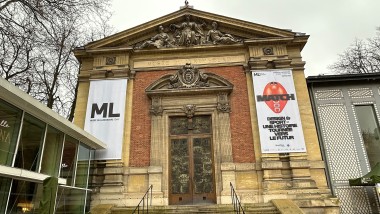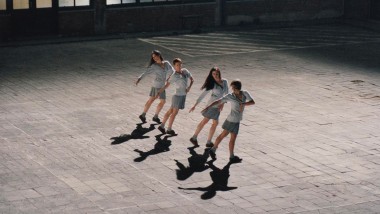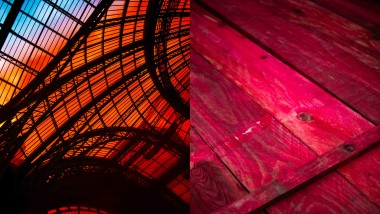
The Quattrocento
Quattrocento in Italian means the 1400s, or the 15th century. Major changes in art took place in Italy during this period, the first Renaissance. Antiquity became the ultimate model for artists and humanist philosophy placed man at the centre of the world. Naturalism and rationalism replaced medieval religious symbolism in visual space. A new form of art developed, based on the representation of nature, the study of geometry and perspective, and balanced proportions. Gradually there was a move away from the International Gothic style that still was still predominant in Europe.
The new trends first appeared in Florence, where the architect Brunelleschi (1377-1446) studied simple volumes and perfected scientific techniques for drawing and projection. Theoretician and scholar Alberti (1404-1472) wrote treatises defining this new concept of volumes. Sculptors Ghiberti (1378-1455) and Donatello (1386-1466) drew on ancient models to produce a new repertoire of forms and themes. In the field of painting, Masaccio (1401-1429) defined the Renaissance ideal through observation of nature and illusionary rendering of figures and space.
Uccello (1397-1475) and Piero della Francesca (c. 1415-1492) applied the science of perspective and foreshortening, while the painter Mantegna (1431-1506) combined an in-depth knowledge of Antiquity with new pictorial elements. These visual and iconographic innovations were seen to full advantage in the work of Botticelli (1444-1510), which was also heavily influenced by the philosophical studies developing at that time. The Florentine experiments spread after 1450. The princely courts turned to famous artists as a way of boosting their prestige. The rapid spread of these new ideas can be explained by the tendency of the different Italian courts to emulate each other: this was the artistic climate in which the Renaissance proper began to develop.


Design goes the extra mile for sport! The trailer for the next exhibition at the Musée du Luxembourg
Article - 11 March 2024
‘Rosas Danst Rosas', A contemporary dance by Anne Teresa De Keersmaeker in response to Stein
Article - 24 January 2024

